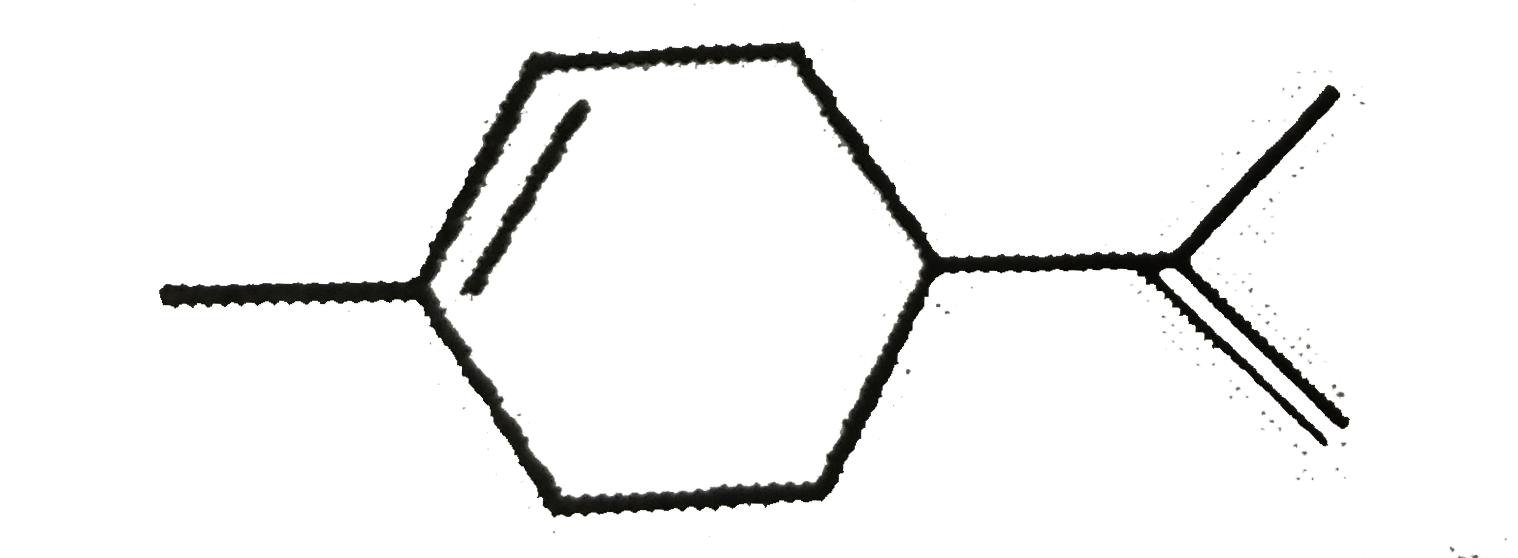
P & Q are :
Positional isomer
Geometrical isomer
Optical isomer
Chain isomer
The correct Answer is:A
Topper's Solved these Questions
- ORGANIC REACTION MECHANISMS - IIBook:RESONANCEChapter:ORGANIC REACTION MECHANISMS - IIExercise:APSP Part - 2
Explore 43 Videos
- MOLE CONCEPTBook:RESONANCEChapter:MOLE CONCEPTExercise:PHYSICAL CHEMISTRY(STOICHIOMETRY)
Explore 51 Videos
- ORGANIC REACTION MECHANISMS-IVBook:RESONANCEChapter:ORGANIC REACTION MECHANISMS-IVExercise:APSP PART-3
Explore 22 Videos
Similar Questions
The alkene limonene has the following structure.

What product results from the reaction of limonene and chlorine water ?
View SolutionA partially dried clay mineral contains 8%d water. The original sample contained 12% water and 45% sillica.
The % if sillica in the partially dried sample is nearly:
View SolutionRate of Bimolecular elimination (E2) reaction for the following :

View SolutionSimplified form of (p+(1)/(q))^((p-q))(p-(1)/(q))^((p+q))(q+(1)/(p))^((p-q))(q-(1)/(p))^((p+q))
View SolutionIf p and q are primes such that p=q+2 prove that p^(p)+q^(q) is a multiple of p+q
View Solution(p∧~q)∧(~p∧q) is
View SolutionIf 0.1bar(25)=p/q form and p/q in Q then (q-p) is a
View SolutionIf P and Q are disjoint, then P-Q=______ and Q-P=_________
View Solution(p∧~q)∧(~p∧q) is a
View Solution(p+1q)p.(p−1q)q(q+1p)p.(q−1p)q=(pq)x then x=
View SolutionSimply
(apaq)p+q−r.(aqar)q+r−p.(arap)r+p−q
View SolutionP∗q=p2−q2
p%q=p2−q2
p$q=p2+q2
p∘q=pq+p+q
pΔq = Remainder of pq
p©q = greatest integer less than or equal to pq.
If p=11andq=7 , then the value of (p∗q)∘(p$q) is:
View SolutionP∗q=p2−q2
p$q=p2−q2
p$q=p2+q2
p∘q=pq+p+q
pΔq = Remainder of pq
p©q = greatest integer less than or equal to pq.
If p=8andq=10 , then the value of [(p$q)Δ(p∘q)]∗[(q∗p)∘(q©p)] is :
View SolutionP∗q=p2−q2
p$q=p2+q2
p∘q=pq+p+q
pΔq = Remainder of pq
p©q = greatest integer less than or equal to pq.
If p=15andq=25, then the value of the expression [(q∗p)∘(p$q)] is:
View SolutionCompute [pqqp]+[pq−qp].
View Solution(p∧~q)∧(~p∧q) is
View Solution


